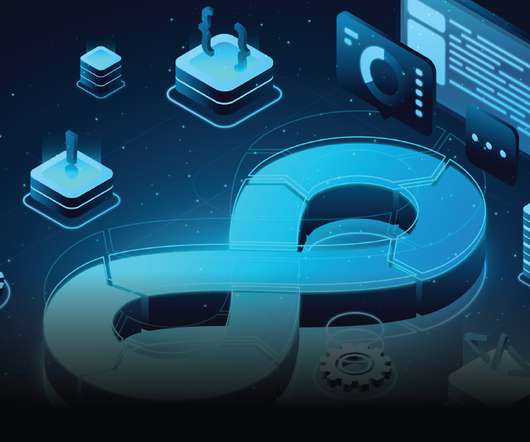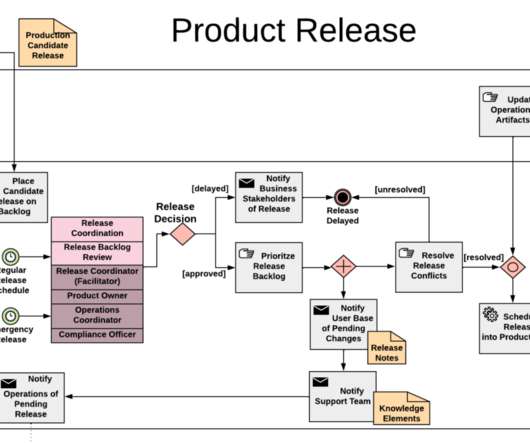All you need to know about Azure DevOps!
Cloud That
NOVEMBER 23, 2022
What is Azure DevOps? Core Azure DevOps Services. Microsoft Azure DevOps Server. Pricing for Azure DevOps. Azure DevOps: Sign up. Azure DevOps Services. Azure provides cloud-based DevOps services. Because of the rising need for cloud-based technology, DevOps tools have also moved to the cloud.















Let's personalize your content